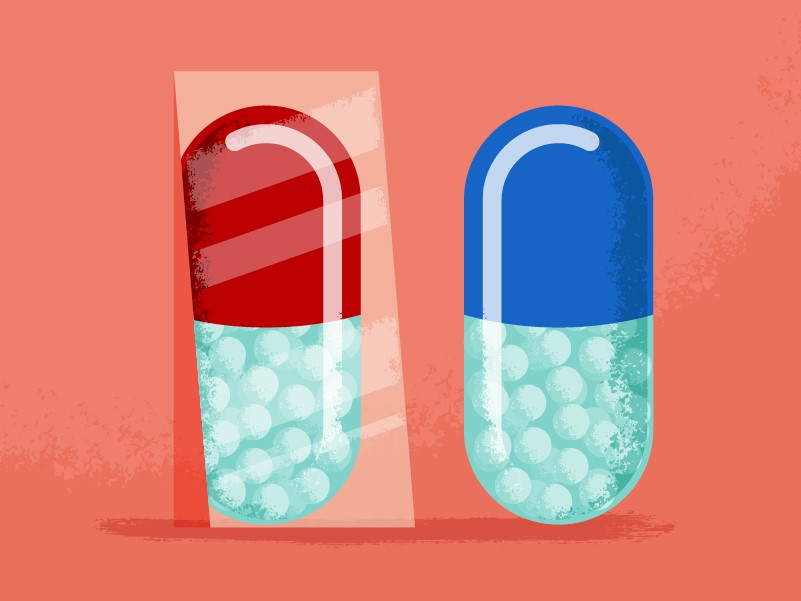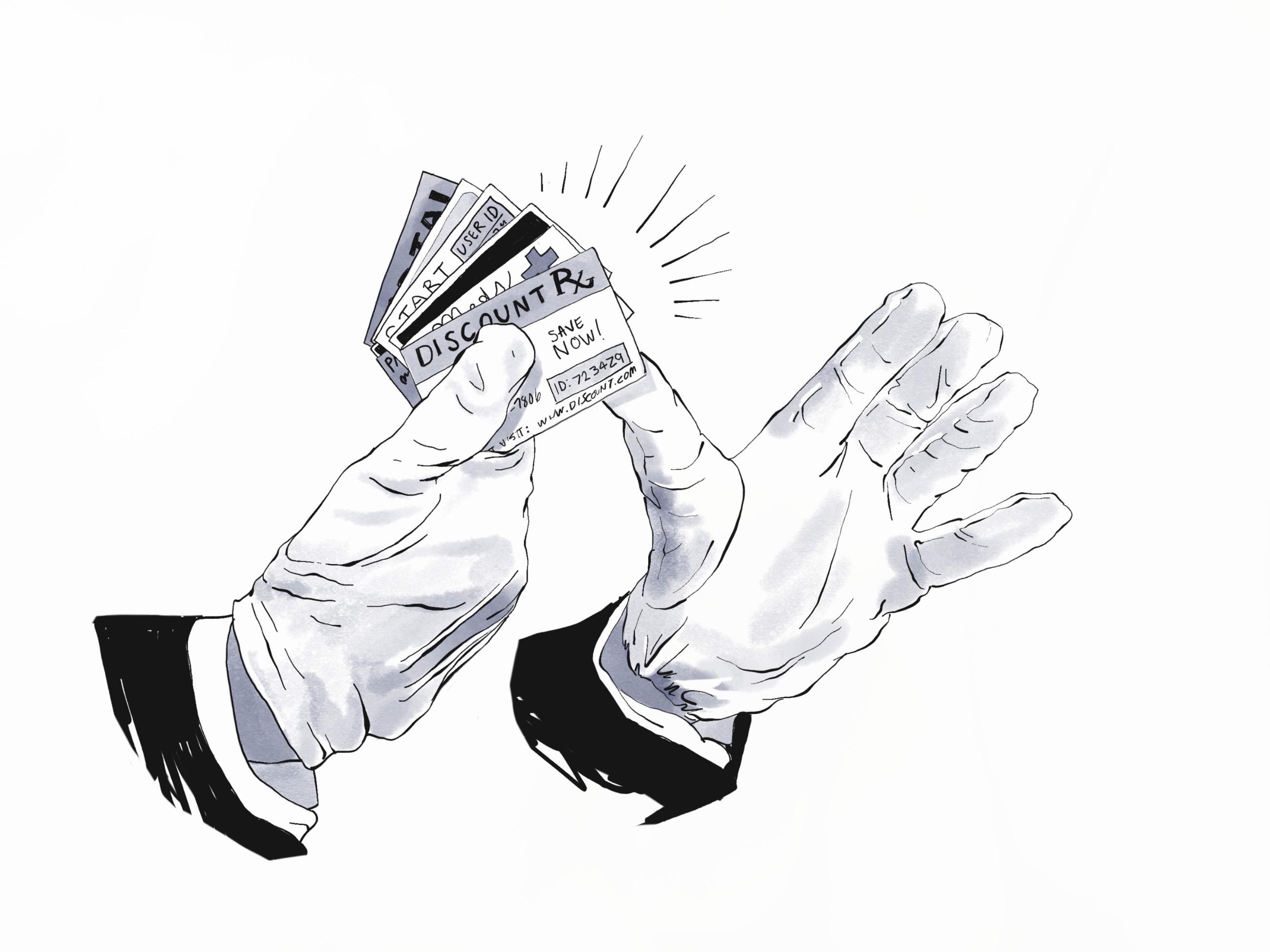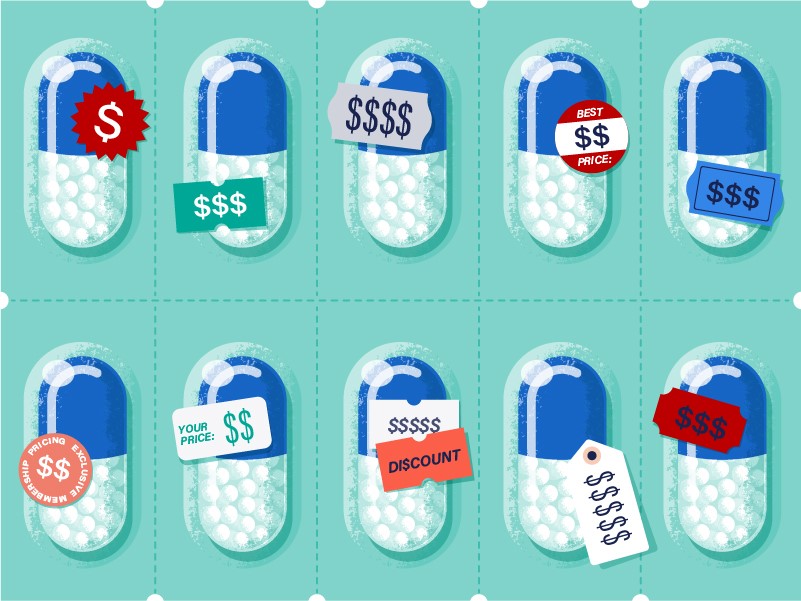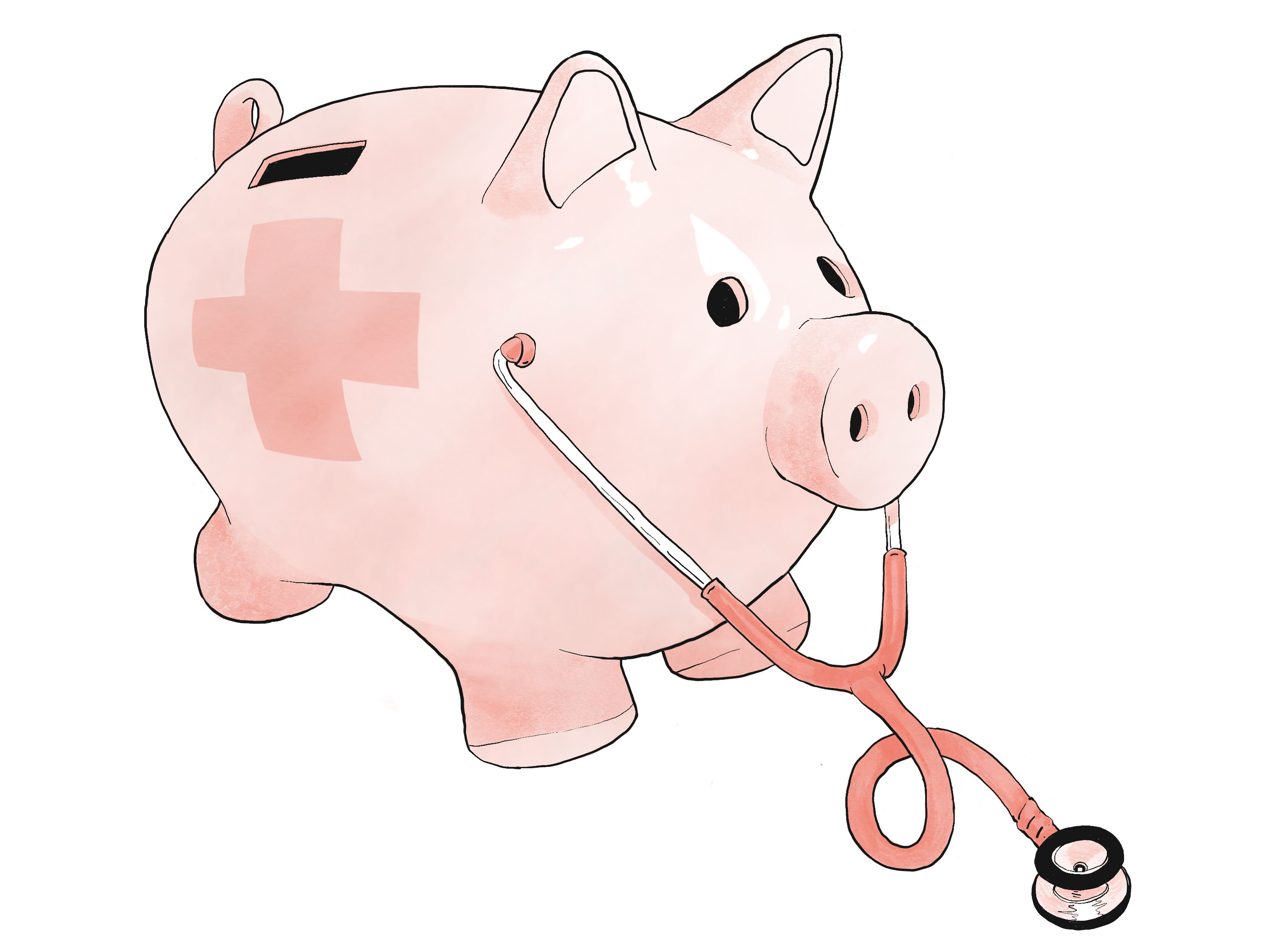Brands vs. Generic Prescriptions: What You Need to Know
We bust the myths around brand-name drugs and their generic counterparts.

It’s a common scenario: Your doctor prescribes a brand-name medication, but your pharmacist tells you a generic version is available.
Which one do you choose?
There are cases where your doctor might prefer you to be on a brand-name medication. Before you go to fill your prescription at the pharmacy, it’s helpful to ask whether a brand or generic is the best choice in your case. As always, talk to your doctor about any questions you might have about your brands or generic medications.
To help you prepare for that conversation, read up on some myth-busting around efficacy, safety and cost differences between brand-name drugs and their generic counterparts. After all, more information can help you make a more informed decision.
Note: This article is informed mostly by a standard pharmaceutical industry document, “Technician Tutorial: Generic Substitution 101” by the Therapeutic Research Center. The document serves as a technical tutorial for training pharmacists.[1]
Myths about the effectiveness of generics
Myth 1: Generics aren’t as strong or don’t work as well.
Fact: Active ingredients in a brand-name drug and a generic one are exactly the same.
A generic drug must come in the same strength of concentration, dosage form and route of administration as the brand-name drug. If the brand name is a 100 mg tablet to be swallowed, the generic will be a 100 mg tablet to be swallowed.
But there’s a catch.
While it’s true that the U.S. Food & Drug Administration requires the active ingredients of a generic to be bioequivalent to those of the branded drug, within a particular range.[2] This is not necessarily the case for the inactive ingredients.
While inactive ingredients aren’t the key players, so to speak, these supporting ingredients have been shown to vary a drug’s bioavailability, or how much of it is absorbed in the bloodstream.[3] [4]
For some generic medications, this can be an issue, according to a 2017 American Journal of Therapeutics study.[5] The study found that switching from a brand-name drug to a generic one, particularly for antiepileptic, antiarrhythmic, thyroid medications, and anticoagulants, “is particularly problematic.”
The journal’s study also examined several other studies about the differences between brand generic medications and found other impacts to consider.
“Several studies suggested that switching may negatively impact medication adherence, whereas other studies found that generic switching was associated with poorer clinical outcomes and more adverse events,” including hospitalization or even death, the 2017 therapeutics study noted.
“In some instances, switching accomplished cost savings but did so at (an) increased total cost of care because of increased physician visits or hospitalizations.”
It’s worth repeating here how important it is to talk to your doctor about these concerns and issues before switching to a generic.
Myth 2: Generics don’t work as long.
Fact: The FDA only approves the generic of a brand-name drug if they show major similarities in how well they work.
Most generics don’t vary from brand-name drugs in bioequivalence by much more than 4 percent. Bioequivalence is when two drugs with the same active ingredients produce the same effects on the body and are absorbed into the body at the same degree and rate.
The American Journal of Therapeutics study mentioned above had something to say about this too. Though generic medications aren’t required to have the same inactive ingredients, “small changes or impurities in the (inactive ingredients) … can alter the properties of a medication and lead to unexpected adverse effects on drug absorption, bioavailability, efficacy and safety.
“Furthermore, the appearance, taste, allergenicity, and shelf life may differ between generic and branded medications because of variations in the salt or ester of the active ingredient in the formulations.”[5]
In short, if you have concerns over shelf life, please check with your healthcare provider.
Myth 3: Generics and brand name drugs always look different.
Fact: Because of trademark laws, generic drugs can’t look like the brand-name version. That’s why you’ll see variations in attributes like shape or color.
Sometimes, though, you’ll run across an “authorized generic.” This is the brand-name drug the manufacturer has simply re-labeled and marketed as a generic to compete with other generics.
Authorized generics often look just like the brand-name version, but are less expensive.
Fact: You also have the right to ask for the brand-name drug if that’s what you prefer.
Myths about the safety of generic
Myth 1: Generics aren’t tested with the same scrutiny.
Fact: The FDA requires that a generic drug be proven to act similarly to the brand-name version. But, generic drug manufacturers don’t have to prove clinical outcomes.
Why? In a sense, the brand-name drug already did so. A generic medication that acts similarly and has similar active ingredients, strength, dosage, stability, and other factors, doesn’t need added tests.
This saves time and money in lab costs, and those savings are passed on to patients.
Myth 2: I’ll react the same to either version of a drug.
Fact: Generics often have different inactive ingredients than the brand name version, like colors or flavors.
For most people, these inactive ingredients don’t affect the effectiveness or safety of a drug. But you might be intolerant or allergic to a specific inactive ingredient, such as lactose and gluten, and certain dyes.
It’s important to alert your doctor to any allergies or sensitivities you know of so they can be sure to prescribe the version that’s best for your body.
It’s also worth pointing out that beyond sensitivities or allergens, inactive ingredients can affect the absorption of the medication or cause toxicity on a case-by-case basis. In other words: for some people, generics won’t work as effectively.
That’s one reason why there are “tried and failed the generic alternative” options with drug formularies and prior authorization plans.
Myth 3: Pharmacists will substitute a generic if it’s available.
Fact: As a patient, you also have the right to ask for the brand-name drug if that’s what you prefer.
In the rare case of an inactive ingredient sensitivity, you have options. Your doctor can communicate that no substitutions are allowed or add “Dispense As Written,” or DAW, on your prescription.
Myths about the cost of generics
Myth 1: There’s a generic choice for every brand name drug.
Fact: Nope. When a drug manufacturer has a patent on a drug, they have exclusive rights to making that drug.
Drug patents usually last for 20 years. Once that time is up, one generic enters the market, with six months of exclusivity. Only after that do other generic options become available.
Myth 2: Generic and brand-name drugs end up costing about the same for patients.
Fact: On average, generic drugs cost 80 to 85 percent less than the brand-name versions.[1] This is because generic drug manufacturers don’t have the same development costs as the brand-name drug manufacturers.
To counter this cost difference, some brand-name medications offer support programs, copay savings or manufacturer programs that support branded drugs.
In other words, if you want to stay on a brand-name medication, there are often ways to get those drugs at lower prices. Try searching for brand-name discount programs for your medication, or reach out to your health insurance provider for help.
Myth 3: With insurance, it doesn’t matter which version of a drug I choose.
Fact: Copays for generic drugs often cost patients less.
Your insurance company usually does copays in two ways, and either way, your cost is usually lower:
- Fixed copays: They’ll assign a fixed, lower cost for the generic to encourage them over the branded drug. This set cost is the patient’s share of the drug.
- Percentage-based copays: This is made up of a percentage of the prescription cost. Since the total cost is lower, what you pay is lower too.
That said, sometimes it’s cheaper to skip insurance altogether.
Maybe you’re on a high-deductible health plan and don’t expect to meet your deductible any time soon. You might benefit in this instance from a brand-direct program.
Even if you don’t have an HDHP, paying cash for your medication could still save you money, at least upfront.
That’s because a copay doesn’t always cost less than if you paid for the medication outright, without insurance.
Why?
As we wrote in an article about skipping insurance benefits to save money on prescriptions, one reason is the copay clawback phenomenon.
A “clawback” happens when a pharmacy charges you, the patient, more for your prescription than what your insurer pays for the medicine.
In other words, there’s a 23-percent chance that a portion of every prescription you buy goes to a third-party. That is, if you buy your medicine with health insurance benefits.
By paying cash for your medication, you can sometimes skip those middlemen.
Read on for tips about how to talk to your doctor about the price of your prescriptions. Learn more
Learn MoreDisclaimer
This article is for informational purposes only. It’s not intended to be medical advice nor does it replace professional medical advice, diagnosis or treatment. If you have any healthcare questions, please seek the advice of your physician or another qualified healthcare provider. If you’re experiencing a medical emergency, call your physician or dial 911 at once.
Sources
[1] “Technician Tutorial: Generic Substitution 101,” Pharmacist’s Letter/Pharmacy Technician’s Letter, Therapeutic Research Center, August 2016
Jackie Mantey is an award-winning journalist and copywriter based in Chicago. Jackie has written and edited for a wide range of industries and clients, including Express, Thomson Reuters UK, Adobe XD, Cornell and many more.
Jeremy Slagle is a graphic designer and illustrator based in Columbus, Ohio. With more than 25 years of experience, Jeremy has worked with clients such as Nickelodeon, Bath & Body Works, Jeni’s Splendid Ice Creams, Wired Magazine and more.
This article was last updated May 19, 2020






